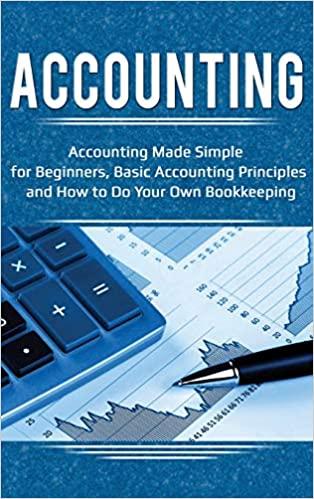THE USE O. ECONOMIC EQUIVALENCE FUNCTIONS The following assignments have three immediate objectives. They are: (a) to provide practice in drawing "cash-flow diagrams"; (b) to provide familiarity with some "economic equivalence functions" and their mnemonic notation; (c) to train you in the use of the attached "present value function" graph. For each of the problemis listed below you are asked to arrange your solution as follows: ( Draw a cash-flow diagram that portrays all relevant information and that identifies the unknown' variable. Use square grid paper, a ruler, and colors where helpful. Crade depends in part on neatness. (Then present the economic equivalence function required, showing first the mnemonic notation and its numerical value estimated with the aid of the attached graph. Second, present the appropriate equation and the computed numerical value of the function (Lii) Present the computations for obtaining the problem solution. PROBLEMS 1. What is the present worth of January 1, 1968 of $1295 on January 1, 1975, 1 Interest is at 62? 2. How much would you have to invest at 6% interest on January 1, 1975 in order to accumulate $1850 on January 1, 19817 3. If 1000 ($) is invested at 6% compound interest in January 1, 1971, 4. What is the present value of series of no deposits of 200 ($/ye) @ 6% made at the end of each year 1 the first deposit is made in 1968? 5. How much will be accumulated in a fund, carndag 8% interest, 10 years after the first deposit of $218 is deposited. Deposits are made at the end of each year for 10 years. 6. At what rate of interest compounded annually will an investment of $10,000 triple itself in 8 years? What is the equivalent annual payment series of that $20,000 at that laterest rate? 7. How much invested now at 5 would be just enough to provide for four lump sur payments of $6000 at t 5, 10,15, and 207 Make this problem in two different ways. Method 41: use only singie amount equivalence factors. Method 62: use only unifom series equivalence factors. A bank offers depositors darzy "compounding of interest. It adver- cizes the nominai interest as being 6.5%. Compute the equivalent annual uniform series of incomes someone could count on for 20 years 1f deposited 1,000,000 ($). 9. The operating expenses for a road building machine are 4000 ($/year) for 6 years, maintenance and repair costs are 500 ($/year) in 2, 1000 ($/yt) in year 3, 1500 ($/yr) in year 4, and so on. What is the present value of the machine if its purchase price new is 30,000 ($)? 6 - 5x) 10. What is the annual equivalent cost of a two-component system that is to function 30 years? Component 11 has a life of 15 (yr) and requires 1000 ($/ye) in OHR-costs. Its purchase price new is $30,000 and its salvage value, sv, 1s 20% of the puchase price. Component 12e et pected to be unsetvicable after 10 years, to require soo (879) in CHR-costs. Its purchase price is $18,000 and it has zero salvage value. (r-72) OTE! The above 10 problems do not have the same weight for grading purposes. Neatness of the work counts for up to 25% of the Crade








